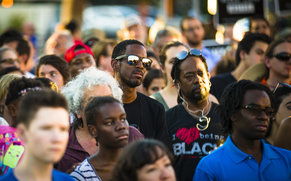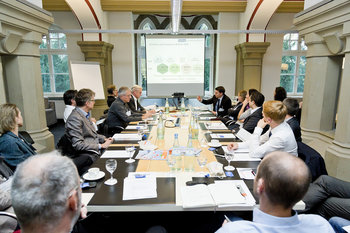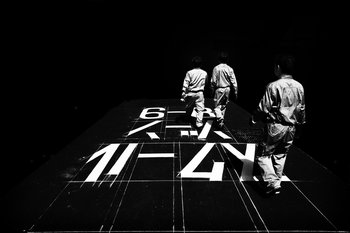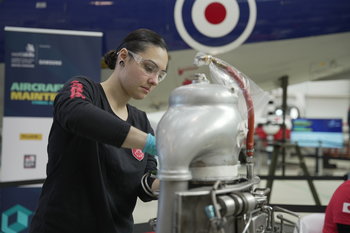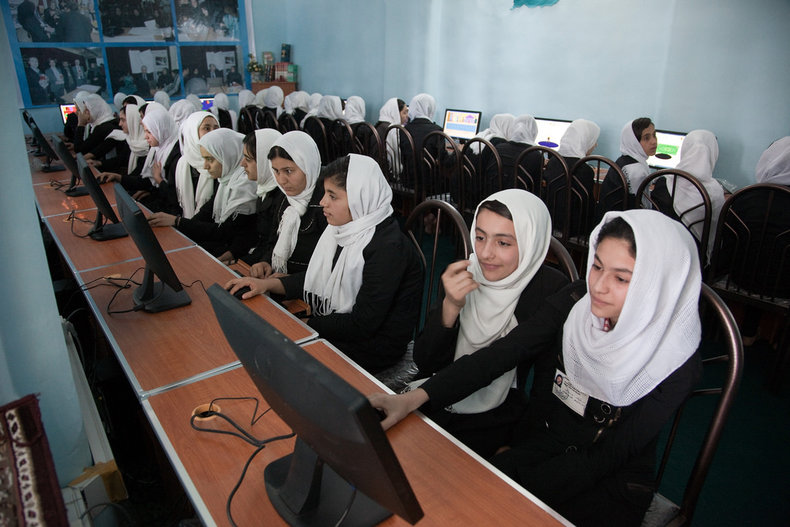
A student with an old model of phone that signals their economic disadvantage. | Access to education, guidance and tools for internet safety and security. |
A society with a few jobs in the digital economy. | A government service that requires a mobile app to access such that some citizens are excluded from the service. |
A restaurant that only accepts payment from a particular app or set of apps such that some customers are excluded. | A nation where most people access the internet using relatively expensive and slow mobile connections. |
A class that assumes all students have a computer at home that can run certain software packages. | Students who can access rich digital services that support their learning and performance in assignments. |
Owning devices not powerful enough to run the latest software. | Research papers that are hidden behind paywalls such that may students can’t afford. |
A city or nation where all the major newspapers require payment for digital access. | A class where all the students are into a particular video game but one student has no access to the game. |
A rural area with unreliable internet and limited choice in providers. | A school district that doesn’t offer computer science classes. |
An AI tool that is useful to education that has a fee. | Mobile apps that have fees such that some people can’t afford to use them. |
Being forced to use old devices and software that is less secure due to economic constraints. | Software that is error prone or non-functional over slow connections. |
Blocking of services and censorship of the internet. | A job that requires applicants submit a resume created with a particular commercial software tool that has a fee. |
Using an old computer with old software that is out-of-support and therefore less secure. |
Infrastructure
Generally speaking, networks are faster and more reliable in urban areas versus rural areas and developed nations versus developing nations. Globally, a significant number of people still live in an area that is not served by wired internet or a mobile network.Devices
Access to computing devices such as computers, networking gear and mobile phones. Low-end devices and aging hardware do not have access to the same services as modern high-end devices. For example, open source office productivity software that requires 8 GB of RAM to run such that a large number of devices on a global basis are unable to run the software.Education
Access to computers in schools, the effective use of technology in classrooms and teaching of basic technology skills to students. For example, a school where every student has a laptop or tablet versus a school with no computers. Likewise, access to computer science classes and afterschool clubs differ by nation, region and demographic factors such as income.Safety & Security
Knowledge of safe computer practices and information security. For example, a school where children are taught about internet safety and security versus a school where students are provided with technology without any thought to security.Device Upgrades
Information security requires proper management of devices. This often means that you need to continually upgrade software and hardware at a cost that creates a security divide between people based on income. For example, an individual who can't afford to upgrade their computer every few years may find that their operating system and hardware is no longer supported with security patches.Cost
There are currently more than 6.5 billion active mobile phone subscriptions. In many cases, people who don't have access to sufficient food, shelter, medical services and education do have access to the internet and mobile phones. Mobile technology has been shown to benefit economic activity and access to knowledge in the poorest of nations. However, the cost of these services can be punitively high as a significant percentage of income may be devoted to mobile phone related costs. This is made worse by factors such as monopolies of telecom services that lead to higher prices.Blocking
Areas where internet services are blocked by telecom companies or government censors. For example, a nation or telecom company that blocks a useful search engine such that people in that area have more difficulty discovering knowledge.Overview
The digital divide includes any situation where people become excluded or disadvantaged due to less access to technology devices, education, services and opportunities.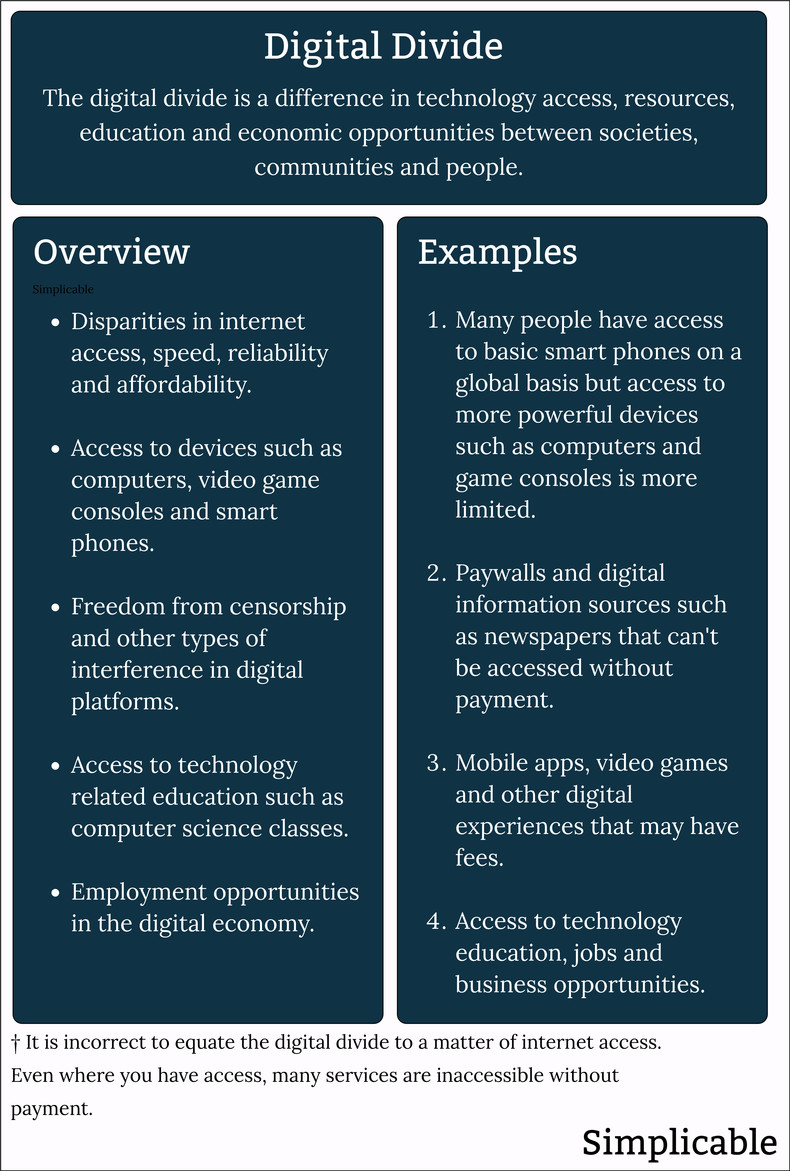
| Overview: Digital Divide | ||
Type | ||
Definition | The digital divide is a difference in technology access, resources, education and economic opportunities between societies, communities and people. | |
Related Concepts | ||








